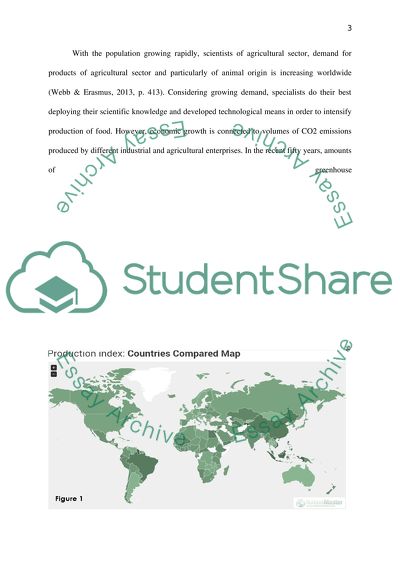Cite this document
(“Contemporary Debates in Food and Farming Essay Example | Topics and Well Written Essays - 2500 words”, n.d.)
Contemporary Debates in Food and Farming Essay Example | Topics and Well Written Essays - 2500 words. Retrieved from https://studentshare.org/geography/1674599-contemporary-debates-in-food-and-farming
Contemporary Debates in Food and Farming Essay Example | Topics and Well Written Essays - 2500 words. Retrieved from https://studentshare.org/geography/1674599-contemporary-debates-in-food-and-farming
(Contemporary Debates in Food and Farming Essay Example | Topics and Well Written Essays - 2500 Words)
Contemporary Debates in Food and Farming Essay Example | Topics and Well Written Essays - 2500 Words. https://studentshare.org/geography/1674599-contemporary-debates-in-food-and-farming.
Contemporary Debates in Food and Farming Essay Example | Topics and Well Written Essays - 2500 Words. https://studentshare.org/geography/1674599-contemporary-debates-in-food-and-farming.
“Contemporary Debates in Food and Farming Essay Example | Topics and Well Written Essays - 2500 Words”, n.d. https://studentshare.org/geography/1674599-contemporary-debates-in-food-and-farming.


